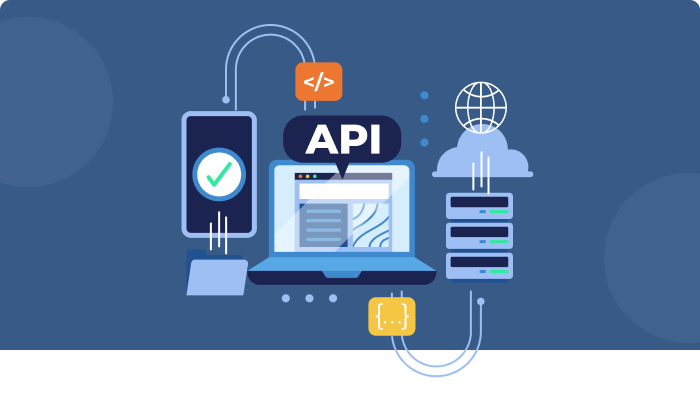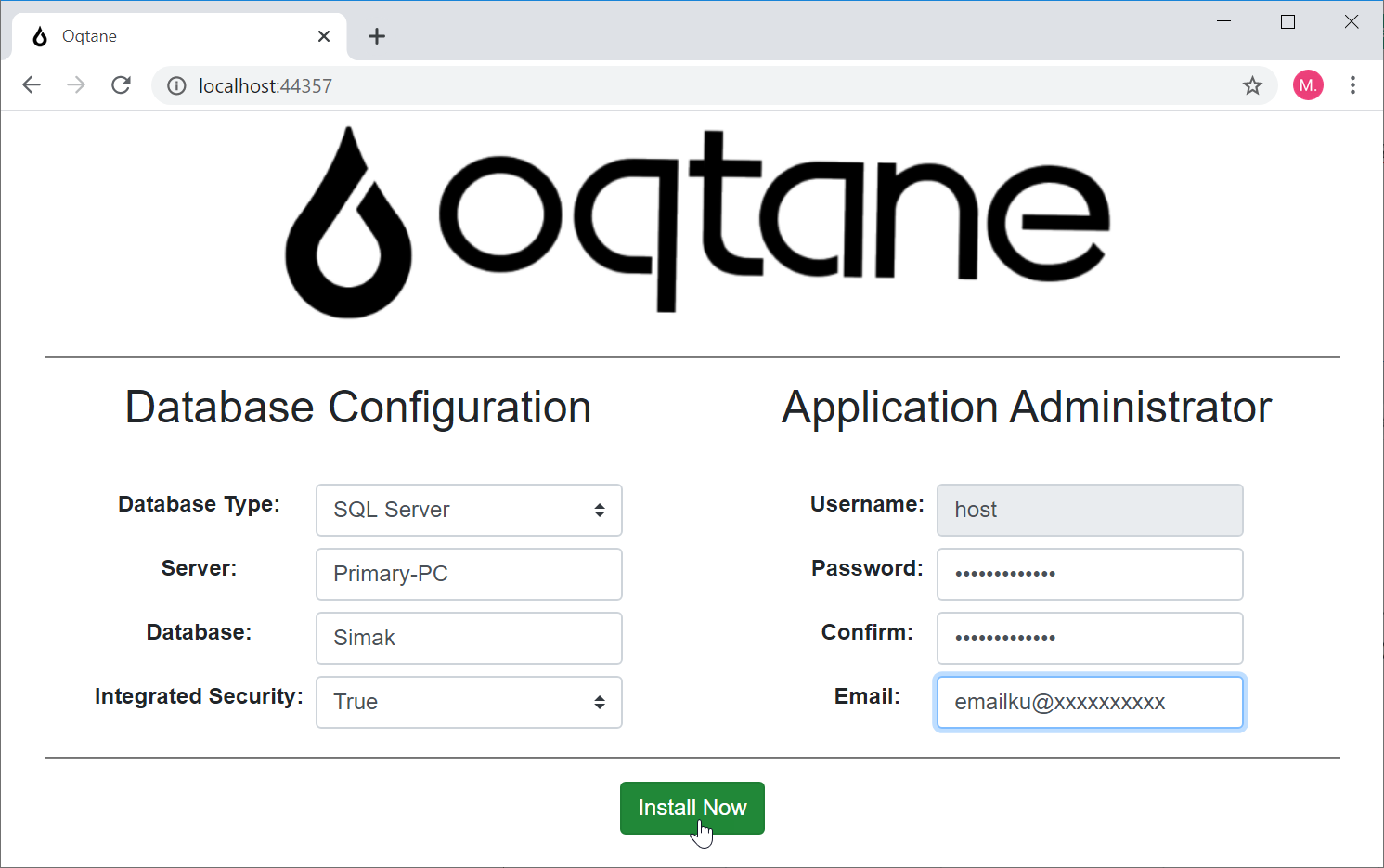In today’s digital-first world, REST APIs form the backbone of modern applications, enabling seamless interaction between systems. However, REST API performance issues can disrupt operations, lead to user dissatisfaction, and increase costs. In this guide, we explore common bottlenecks, their root causes, and practical solutions to ensure your APIs are fast, efficient, and scalable.
Understanding REST API Performance Bottlenecks
Performance issues arise when APIs fail to meet desired speed, scalability, or reliability standards. These challenges often stem from inefficient code, mismanaged server resources, or network bottlenecks. Let’s dive into the most common issues and solutions.
Top Causes of REST API Performance Issues
1. Overfetching and Underfetching Data
Overfetching retrieves unnecessary data, while underfetching fails to provide sufficient data in a single API call, requiring multiple calls to fulfill a request.
Consequences:
- Larger payloads increase bandwidth usage.
- Multiple requests slow down the user experience.
Solution:
Implement flexible query systems like GraphQL or adhere to RESTful principles with selective field retrieval.
2. Poorly Optimized Database Queries
Databases are at the core of REST APIs, and poorly constructed queries can significantly slow down response times.
Key Issues:
- Lack of proper indexing.
- Use of inefficient joins.
- Unnecessary full table scans.
Fixes:
- Leverage database indexing for faster lookups.
- Use query optimization tools like MySQL’s
EXPLAIN. - Introduce caching layers with tools like Redis or Memcached for frequently requested data.
3. Absence of Caching Mechanisms
Without caching, APIs repetitively process identical requests, leading to slower responses and wasted server resources.
Impact:
- Increased latency for repeated requests.
- High server load during peak traffic.
Optimization Techniques:
- Use HTTP caching headers like
Cache-ControlandETag. - Implement in-memory caching solutions for dynamic data.
4. Excessive Payload Size
Large response payloads can overwhelm networks, especially for mobile users or those with limited bandwidth.
Common Culprits:
- Bloated JSON or XML responses.
- Inclusion of unnecessary fields.
Solutions:
- Apply response compression using gzip or Brotli.
- Optimize payload structure by returning only required fields.
5. Third-Party Dependency Delays
APIs relying on third-party services can face significant delays due to external bottlenecks or downtime.
Challenges:
- Increased latency during dependency calls.
- Inconsistent service reliability.
Mitigation Strategies:
- Implement fallback mechanisms for critical features.
- Use circuit breakers to limit the impact of slow third-party responses.

6. High Latency in Network Communication
APIs with high latency often suffer from unoptimized routing, packet loss, or over-reliance on single data centers.
Impact:
- Increased request and response times.
- Poor user experience, especially for global audiences.
Optimization Tips:
- Use Content Delivery Networks (CDNs) to cache static and dynamic content closer to users.
- Upgrade to HTTP/2 for multiplexed connections.
Actionable Steps to Optimize REST API Performance
1. Enable Asynchronous Processing
Synchronous requests can block server resources, particularly for long-running operations.
Key Benefits:
- Improved throughput.
- Reduced server resource contention.
Implementation:
- Use message queues like RabbitMQ for delayed processing.
- Adopt asynchronous libraries like async/await in Node.js or Python.
2. Rate Limiting to Manage Traffic Spikes
Rate limiting protects APIs from misuse, preventing overloading during traffic surges.
Best Practices:
- Implement API Gateway-based rate limiting for global control.
- Use token buckets or leaky bucket algorithms for precise control.
3. Adopt API Monitoring and Logging
Proactive monitoring can help identify and resolve bottlenecks before they affect users.
Recommended Tools:
- Use APM tools like Datadog or New Relic for real-time insights.
- Set up detailed logging to track errors, latency, and throughput.
4. Optimize Security Without Compromising Performance
Security measures like encryption can introduce overhead, but careful optimization minimizes impact.
Security Tips:
- Use TLS 1.3 for encrypted connections with lower latency.
- Cache JWT tokens securely to reduce repeated validation.
5. Load Balancing for Scalability
Distribute API traffic across multiple servers to enhance scalability and reliability.
Techniques:
- Use DNS-based load balancing for redundancy.
- Implement sticky sessions only when necessary.
Measuring API Performance
To ensure continuous optimization, measure these key metrics:
- Latency: The time taken for a server to respond to a client request.
- Throughput: Number of requests processed per second.
- Error Rates: Percentage of requests resulting in errors.
Testing Tools:
- Postman: For functional and performance tests.
- Apache JMeter: To simulate real-world traffic scenarios.
- Grafana: For detailed visualizations of API performance metrics.
Conclusion
Optimizing REST API performance is crucial for delivering fast, scalable, and reliable services. By addressing common issues like database inefficiencies, payload optimization, and third-party dependency delays, your API can meet user expectations and scale with demand. Regular monitoring, proactive caching, and thoughtful design will ensure your REST APIs remain robust and efficient.

🏆 Upwork Top Rated Professional ⭐ 5-Star Ratings
🔰10+ years of experience
⌚ Full-Time Availability
ASP.NET CORE | REACT | ANGULAR | NODE JS | WEB API | C# | MVC | SQL | PHP | MICROSERVICES | DOCKER | SQL SERVER | NoSQL | Blazor | CLOUD | AWS | Azure | Astro | VUE




